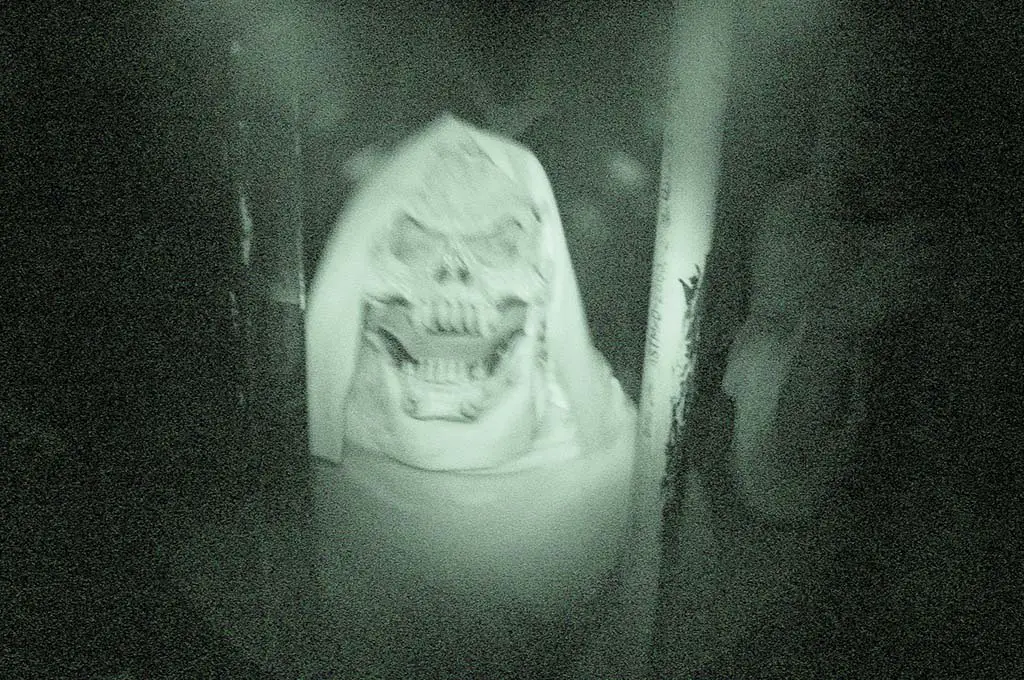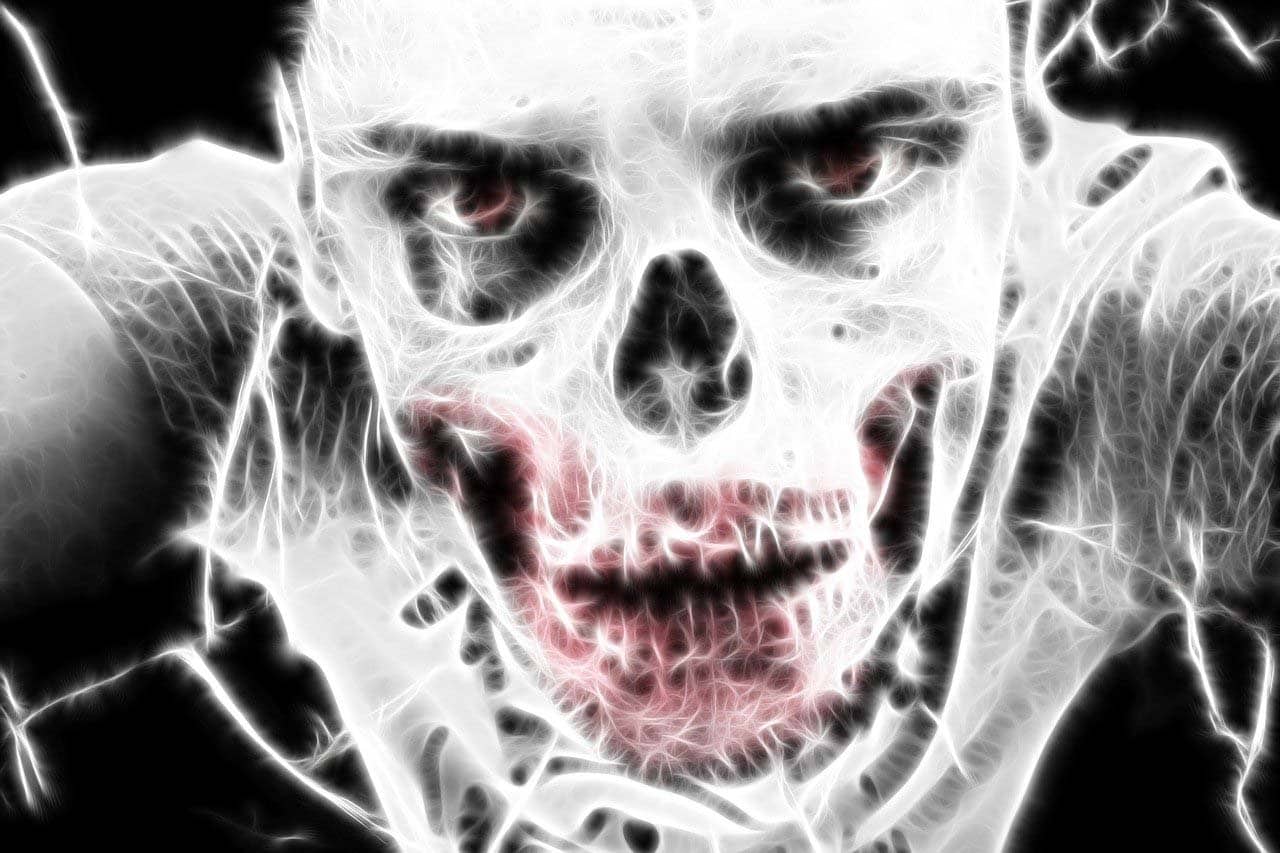Ghost stories have always been popular and most people have heard hundreds of them. One of the things that makes them interesting is the way they change to reflect the times.
To write a modern ghost story you need to talk about something unexplainable, not just a ghost. People know all about ghosts and aren’t interested, but an unexplainable force get’s people’s attention. Use rising tension to keep the reader interested and choose a modern atmosphere that inspires loneliness and claustrophobia.
Ghost stories follow similar themes and plots whether they are new or old, but modern ghost stories have a particular feel to them. Here are some of the ways you can write one.
Make it Unexplainable
Although you are writing a ghost story, it doesn’t have to have a ghost in it. People today don’t really believe in ghosts. Maybe kids do, but most adults don’t believe even if they enjoy ghost stories. The problem is that everyone knows what a ghost is. They aren’t scary because we are too familiar with them.
Ghosts have been depicted in movies and television for as long as they have been around. Ghosts have been in literature for much longer. Once, they were scary because we didn’t know what they were capable of. If a narrative door slammed by itself or a voice whispered from the dark, it was scary because we would imagine all kinds of terrible things that could happen.
To bring that kind of uncertainty back to your story, you should avoid writing about ghosts. Instead, create an entity that is unexplained. It could be a force, a curse, or a malicious intelligence, but not a ghost. Ghosts are Disney, they are not scary. A disembodied intelligence is scary because the reader doesn’t know what to expect from it.
Roald Dahl said, “The best ghost stories don’t have ghosts in them.” Learn to write about the uncanny and the unexplainable, instead of known things like ghosts, if you want to scare people.
Build Tension
Tension is one of the indispensable ingredients of a good ghost story. You need to maintain tension throughout the story to creep out the reader. As the protagonist progresses through the story, let the danger grow steadily worse as they struggle to free themselves from the entity that haunts them. Danger is the key to tension.
Uncertainty and danger are the causes of tension. If your character is cursed with three days to live, we feel it. If the character doesn’t know how to resolve the situation, the tension grows. They try what they think will work, and it fails. This amplifies the tension. Don’t ruin it with inappropriate humour or strange plot segues. The tension should only release after the climax, or not if you are writing a tragic ending.
Managing tension is essential to ghost stories. After all, a ghost story is really a tale about someone in danger. The danger slowly increases until it is lifted, or realised. A person is punished for a sin or freed. Often the danger is the result of the protagonist’s own character flaw and they must face it to overcome the danger. Another cause of tension could be that the protagonist comes into contact with forces they don’t believe in and they must acknowledge them to lift the danger. There are many ways to set up the tension.
Create the Right Atmosphere
The atmosphere of a modern ghost story is characterised by feelings of loneliness and claustrophobia. These feelings will come through from the setting and the circumstances.
Generally, impersonal, out-of-the-way places will give a greater sense of loneliness and claustrophobia. Old, abandoned buildings are classic, but you can also use modern buildings that are empty. For instance, an office building late at night, or an empty shopping centre. Construction sites and tunnels are good too.
A good place to draw inspiration is reality TV.
Most reality TV shows about ghosts follow the same formula. A family moves into a new house. They are innocent, maybe a little religious but they don’t believe in ghosts. They mess with something they shouldn’t, like performing a seance or finding some old doll. Then a series of small, disturbing events begin that slowly grow until the family cannot take it anymore. The family then reaches out for help to defeat the supernatural presence and they finally recover from their emotional journey, wiser than before. Notice how the atmosphere is slowly dialled up throughout. This is an old formula but it works.
You control the atmosphere through your choice of setting and the way your characters behave. Don’t worry if it seems too cliche. You have to start somewhere, and it’s best to start with what works. You can tweak the formula a bit but don’t change it too much.
Conclusion
You don’t have to re-invent the wheel when it comes to ghost stories. Use the classics as a basis and add in a few elements to give it a modern feel. Choose the right location, slowly build the tension and above all, don’t try to explain your ghost. Let it remain a mysterious force that the reader can never fully define.





